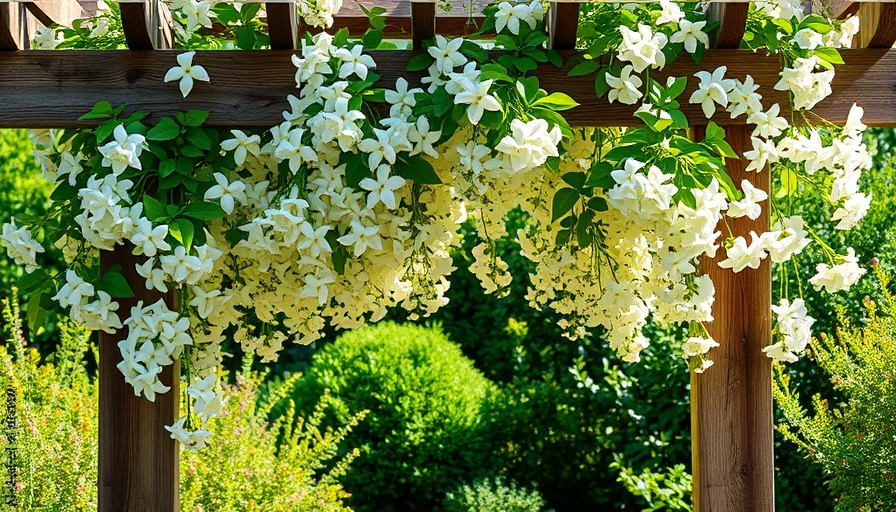
Discover the Allure of Jasmine: A Fragrant Touch to Your Home
Jasmine, with its enchanting fragrance and beautiful blooms, has captivated gardeners and botanists alike. Its delicate, pinwheel-shaped flowers come in a variety of colors including white, pink, and yellow, making it a popular choice for anyone looking to enhance their indoor or outdoor spaces. By cultivating jasmine, whether as a climbing vine or a potted plant, you can bring a tropical feel to your garden and home.
Understanding Jasmine Varieties for Your Climate
When selecting jasmine for your garden, it's essential to consider the climate and conditions in your area. The Jasminum spp. genus includes around 200 species, with various types well-suited to different USDA hardiness zones (7-11). For gardeners in cooler climates, opting for hardier species can ensure success. For example, poet's jasmine (Jasminum polyanthum) is particularly beloved for its vigorous growth and winter blooms.
Benefits of Growing Jasmine: Attracting Pollinators
Jasmine plants are not only visually appealing; they are also excellent for the ecosystem. Most varieties bloom throughout the summer, attracting beneficial pollinators such as bees and butterflies. Installing jasmine vines in your garden can enhance biodiversity and contribute positively to your local environment.
Essential Care Tips for Healthy Jasmine Plants
Caring for jasmine is both straightforward and rewarding, provided you follow some basic guidelines:
- Soil Requirements: Jasmine prefers well-drained, loamy soil with a pH level between 6.0 and 8.0.
- Sunlight: Most species thrive in full sun to part shade, with optimal exposure to promote blooming.
- Watering: Jasmine has moderate water needs. Make sure to keep the soil consistently moist but not soggy.
Providing your jasmine plants with a trellis or support structure will also allow them to climb and minimize damage to their delicate stems.
Propagation: Sharing the Beauty of Jasmine
If you want to expand your jasmine collection or share with friends, propagation is both fun and simple. You can propagate jasmine plants using:
- Cuttings: Take healthy cuttings from established plants during the growing season.
- Divisions: Separating older plants can encourage new growth and refresh their vigor.
Common Garden Pests: Protecting Your Jasmine
While jasmine is relatively pest-resistant, it's important to remain vigilant for common pests like aphids and spider mites. Regularly inspecting your plants ensures that any infestations can be addressed early. Employing organic gardening practices can be a sustainable way to protect your jasmine without harming beneficial insects.
Indoor vs. Outdoor Jasmine: Transforming Spaces
Whether you’re nurturing jasmine indoors for its delightful fragrance or outdoors to liven up your garden, understanding the differences in care is vital!
- Indoor Jasmine: Requires bright light and moderate humidity. Ideal for pots as they can acclimatize to indoor conditions.
- Outdoor Jasmine: Benefits from a supportive structure and should be planted after the last frost to thrive completely.
Conclusion: Embrace the Jasmine Journey
There’s truly nothing quite like inviting the delicate scents and vivid blooms of jasmine into your life. As you embark on this gardening journey, remember: whether you choose to plant jasmine in a raised bed outdoors or nurture it as a houseplant indoors, you are contributing to your own well-being and that of the planet. Together, let’s enjoy the aromatic beauty these wonders provide. Happy gardening!
 Add Row
Add Row  Add
Add 




Write A Comment